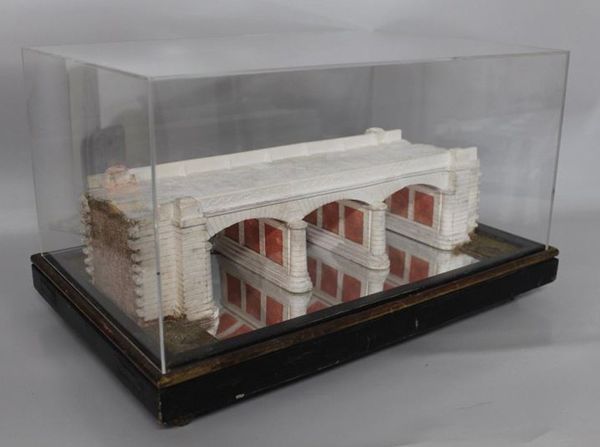
History of our collections
The School's collections have a somewhat complex history. We will try to explain it to you.
From the 18th-century cabinet of curiosities...
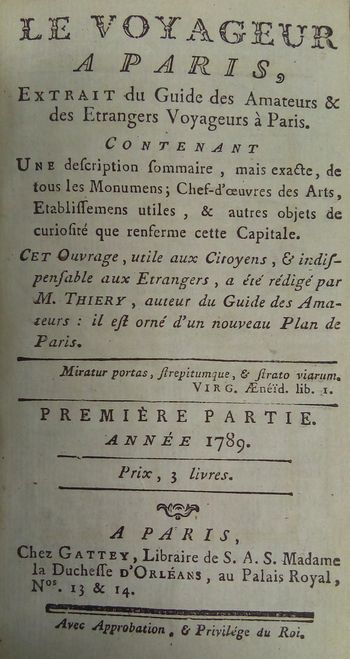
The archives and library of the Corps and School
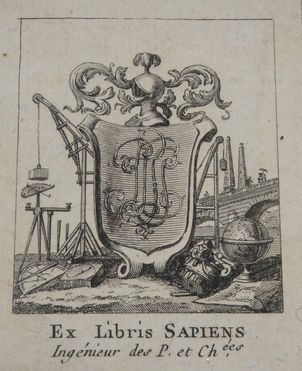
The Perronet and Lesage legacies
Perronet and Lesage were scholars, men of the Enlightenment who were involved in the great intellectual enterprises of their time, such as the Encyclopedia. Various collections were gathered in their personal cabinets: books, manuscripts, drawings, maps, but also scientific instruments, models, lithology samples, art objects etc. These collections can be accessed upon justified request.
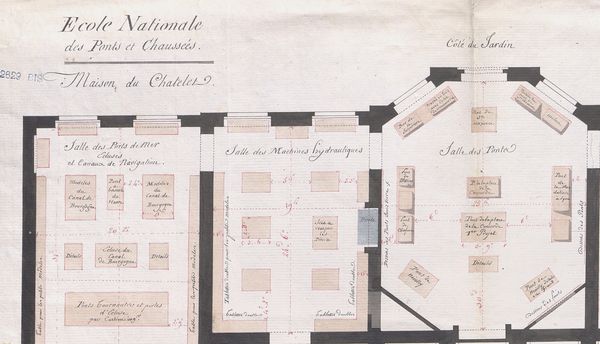
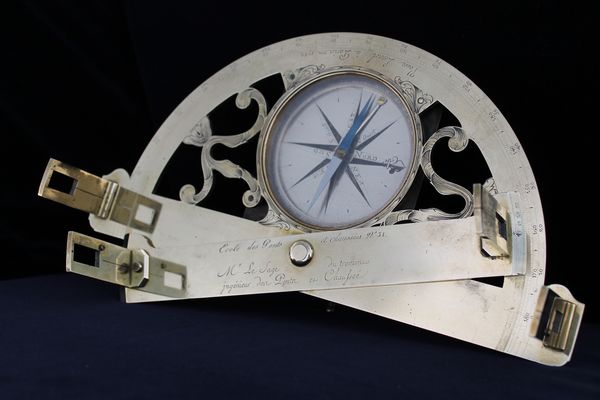
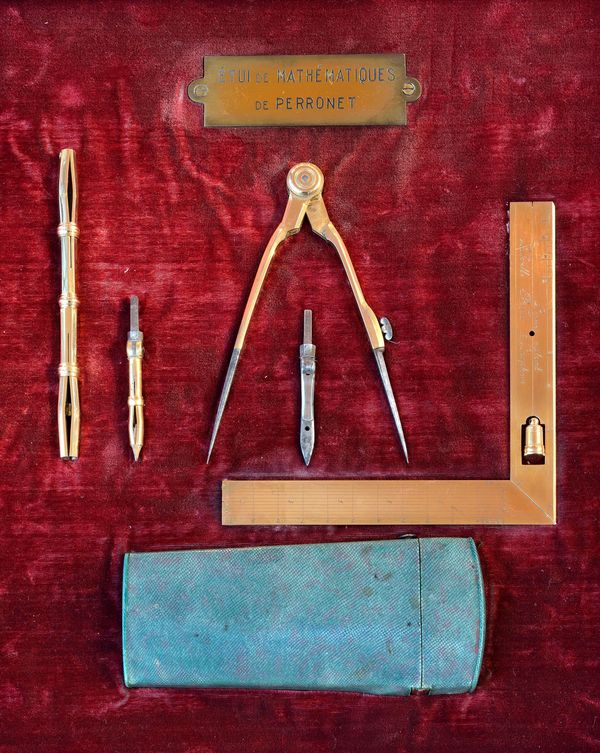
...to the 19th century collections
From the beginning of the 19th century, the School's collections expanded and continued to grow. The School benefited from revolutionary seizures of property, receiving numerous works from literary repositories.
The importance of de Prony's role
The ambitious steps taken by the fourth director, Gaspard Riche de Prony, to make the School a high quality educational institution, needed to be backed up by first-class teachers and specialized documentation at the service of the students. The new Ministry of Public Works went even further; it planned to make the School an organization serving the Corps des ponts. It voted increasingly significant budgets allowing, among other things, to buy all the new publications on subjects related to the subjects taught and to the themes of civil engineering. It also systematically sent any document that could be useful to the Corps, emanating from its services or from other ministries, which explains the presence of rare, even unique items (unica), among the works present in the library.
In parallel to these official initiatives, many engineers made donations to the School. They followed the example of the first directors, Prony having also made a considerable donation through his family. When he died, widowed and childless in 1839, his family gave his library to the School, whose importance was such that its classification was still not completed in 1842, as explained by the inspector of the time, Amédée Bommart. Today, a large part of the so-called "Prony" collections are in fact public documents related to the engineer's professional activities, both at the Land Registry and at the School, or as an emissary of Napoleon, particularly in Italy. In 1850, his niece, Madame de Corancez, finally bequeathed a last set of works, apparently less numerous, in her will.
The first catalogs
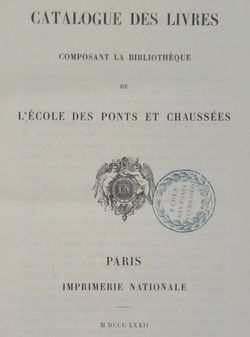
Another catalog devoted to the manuscripts was published in 1886. These manuscripts were made up in part of archives selected by Lesage in the 18th century for their pedagogical interest, a practice that was continued thereafter, but also of various donated or acquired manuscripts. Their classification by major documentary groups led to a partial dismantling of the original archives, making it rather difficult to understand them today. The other archives were abandoned, along with their historical classification, until 1995, when the first archives department was created, but they suffer from arbitrary eliminations on a few occasions, often for reasons of space or security.
The collections of scientific objects
In contrast to the archives, other collections were the object of much attention during this same period. Among those from the Lesage legacy, are Perronet’s lithology samples. This was the starting point of the geology and mineralogy collection, used by students until the end of the 20th century, of which only a small part remains today. Numerous other samples, which have unfortunately all since disappeared, arrived at the School throughout the 19th century: samples of wood, larvae or wood-eating animals, various building materials, ores, fuels, metals, etc., from the travels or missions of the engineers, exchanges with French or foreign correspondents and industrialists, discoveries and technical advances.
Similarly, when in 1804 Lesage and Ferrat, an engineer in mathematical instruments, finalized the General inventory of mathematical instruments belonging to the School, they described about a hundred instruments, to which were added those from Lesage's bequest. The repository of instruments, under the responsibility of the inspector, provided devices for the students' exercises and lent them to the engineers on the building sites. Acquisitions were oriented towards new inventions that enabled faster and more precise work.
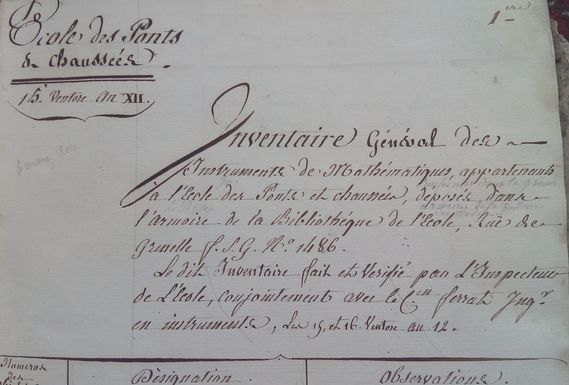
The Hôtel de Fleury, where the school moved to in 1845, allowed for expansions that were not possible in the previous premises. The Ponts et chaussées administration was finally able to achieve its unspoken wish to entrust its "flagship" establishment with the management of services and collections of all kinds. The School thus became a sort of "conservatory" of the Public Works trades, providing the necessary equipment to those who needed it, both students and engineers, while continuing to welcome foreign visitors who came to be inspired by French inventions.
The School's repository
Six years later, the School recovered the buildings and land belonging to the former weighbridge workshop located on the Quai de Billy and set up the School's repository. There was a laboratory and experimental workshop, large volume models and collections, the central machinery repository, and examination and meeting rooms for boards and commissions. In the 1870s, the repository was moved to Avenue d'Iéna, while the model gallery was built on Rue des Saint-Pères, next to the School.

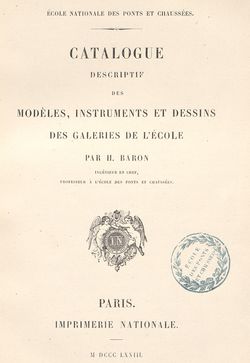
This last sentence expresses the preoccupation of management when the new objects arrive, in particular after the universal exhibitions: to constitute a rich "documentation" testifying to the technical progress to be useful to the future generations, and made to last. The trials of the first half of the twentieth century undermined this great enthusiasm.
The 20th century: decline, disappearance and slow rebirth
New collections
From 1914 onwards, the First World War brought the constant growth of the collections to a halt. Paradoxically, just as technical innovations were proliferating during the war and just afterwards, those of the previous period began to decline. Course content was modified after the Great War, and training concentrated more on field work than on the aging encyclopedic collections piled up in the galleries.
On the other hand, new objects testifying to the evolution of technologies appeared in the School's collections. Although photography had been widely used in the training of students since the 1860s, it was in the midst of the war that management began to look at the advantages cinematography could bring to teaching. The Director, Auguste Kleine, was even appointed in 1916 as a member of the extra-parliamentary commission in charge of studying the means to generalize the application of cinema in the different branches of education. This is how films were introduced into the establishment's collections.
A slow decline
The Second World War sounded the final death knell for the 19th century collections. The models, relief plans, paintings and bas-reliefs of the model gallery were destroyed or dispersed in 1954, and the building was demolished, with the aim of erecting a new modern library in its place, which was never built. It must be said that the bulky nature of the large models did them a disservice at a time when space was again at a premium and the notion of scientific heritage had not yet taken hold. As these collections were dispersed, they were judged solely on the basis of their utility.
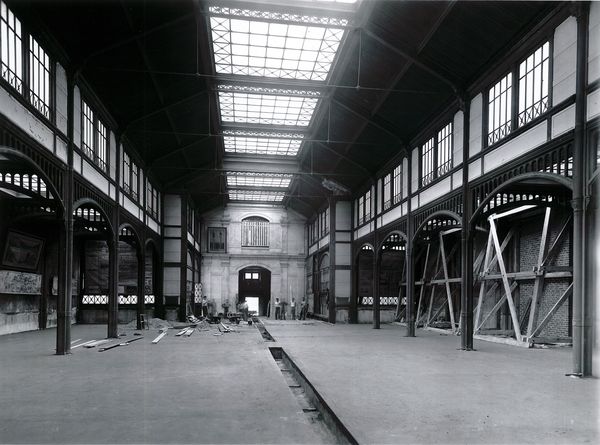
An awakening since the end of the 20th century
The archives, on the other hand, came back into the limelight with the late creation of a dedicated archive entity, in 1995, within the Center for Contemporary and Historical Documentation. This made it possible to look at bringing all of the School's archives together, including those held at the library, in an overall classification plan that reflects the evolution of the establishment.
Since the 2000s, the dormant collections, for those that still exist, have been gradually finding their way back into the light. By selling the Hôtel de Fleury, its historic address in Paris, in 2008, the School undoubtedly awakened memories buried in the minds of its former students; they rediscover these reminders of their youth with a degree of nostalgia. The youngest students are also curious about a heritage of which they had no idea. They are generally of such interest that the role that these forgotten collections could still play today is easy to imagine; they may prove useful in raising students' awareness of the humanities and social sciences, and will revive the educational and practical vocation they originally had.
